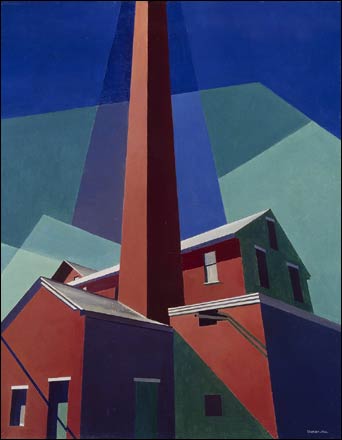“Coming of Age”, a new exhibition at the Dulwich Picture Gallery, tells the story of American art as it developed from the middle of the nineteenth century to the middle of the twentieth. Starting with the
The exhibition is a miscellany, although it has its own form of internal consistency, reflecting the fact that the Addison Gallery’s collection was originally shaped by a desire to chart – or at any rate explore – what might be described as the Americanness of American art. Much of the work has a self-questioning and exploratory quality. American painters knew that they were pioneers, the frontiersmen of a new art for a young nation. That knowledge could breed in them either a mood of defiant independence or an habitual sense of insecurity. As a result, their art has a tendency to veer between aggressive indifference to European tradition and a timid dependence on it.
The show begins with the work of a generation of painters for whom the American landscape was a touchstone.


